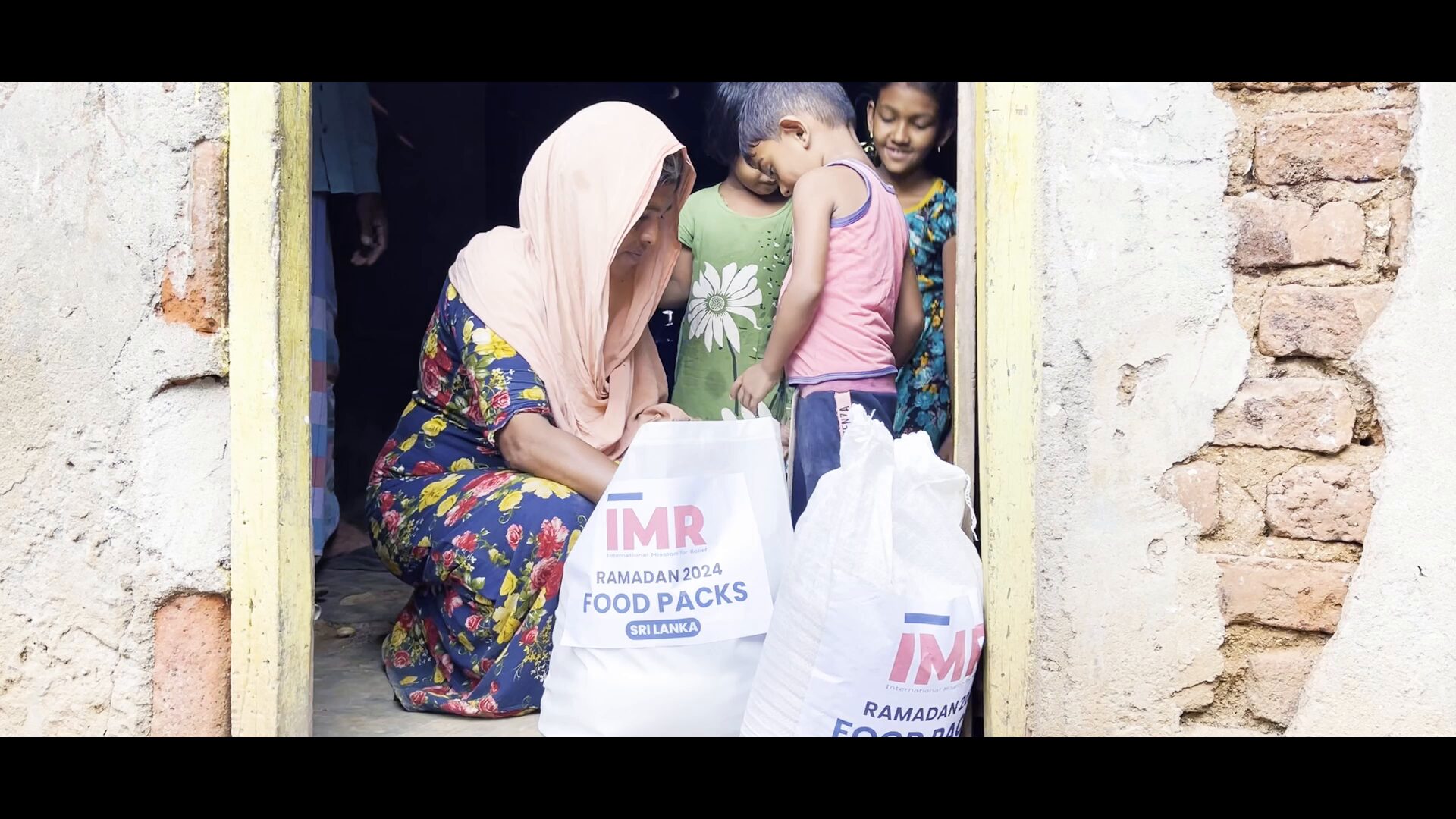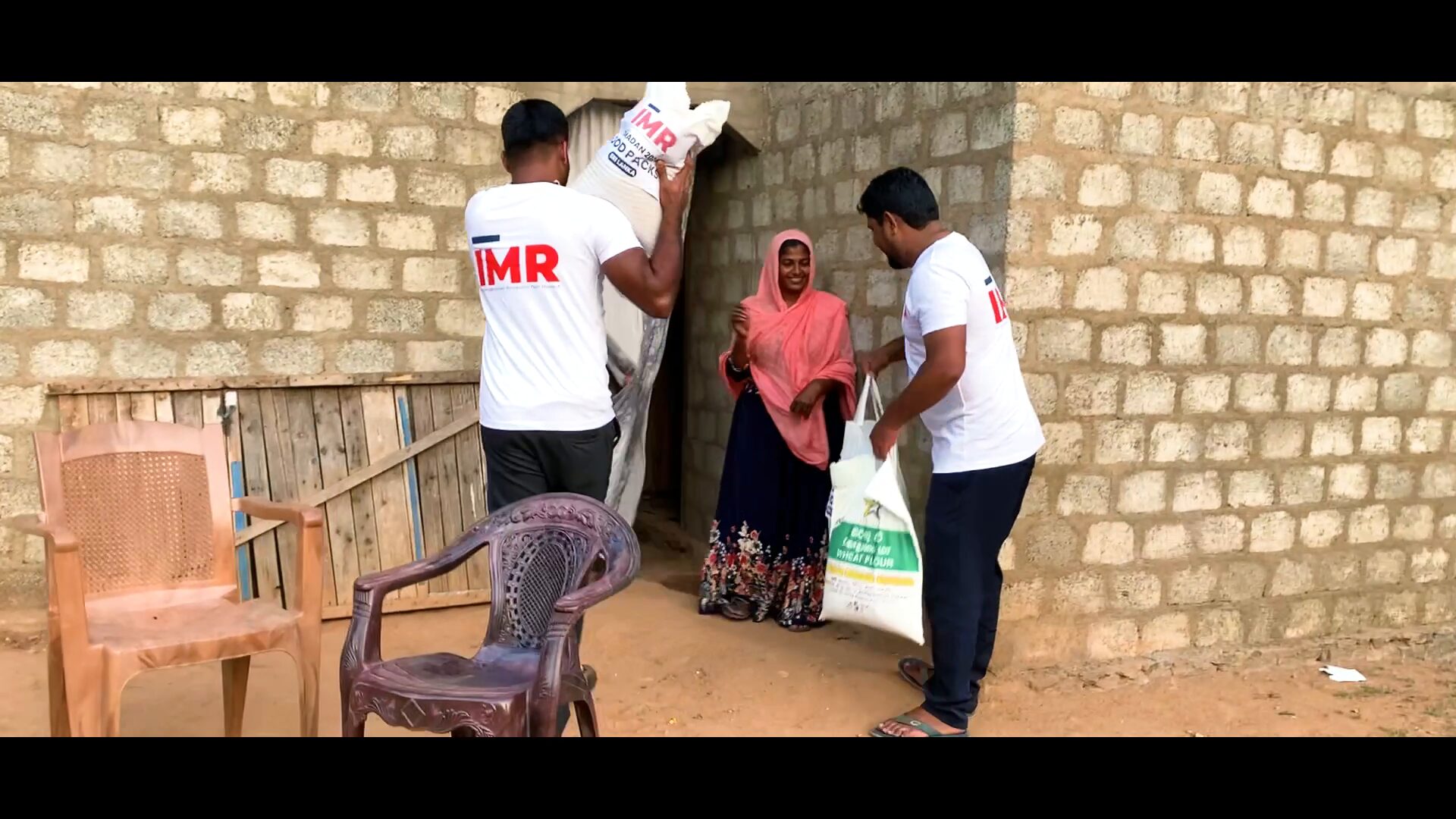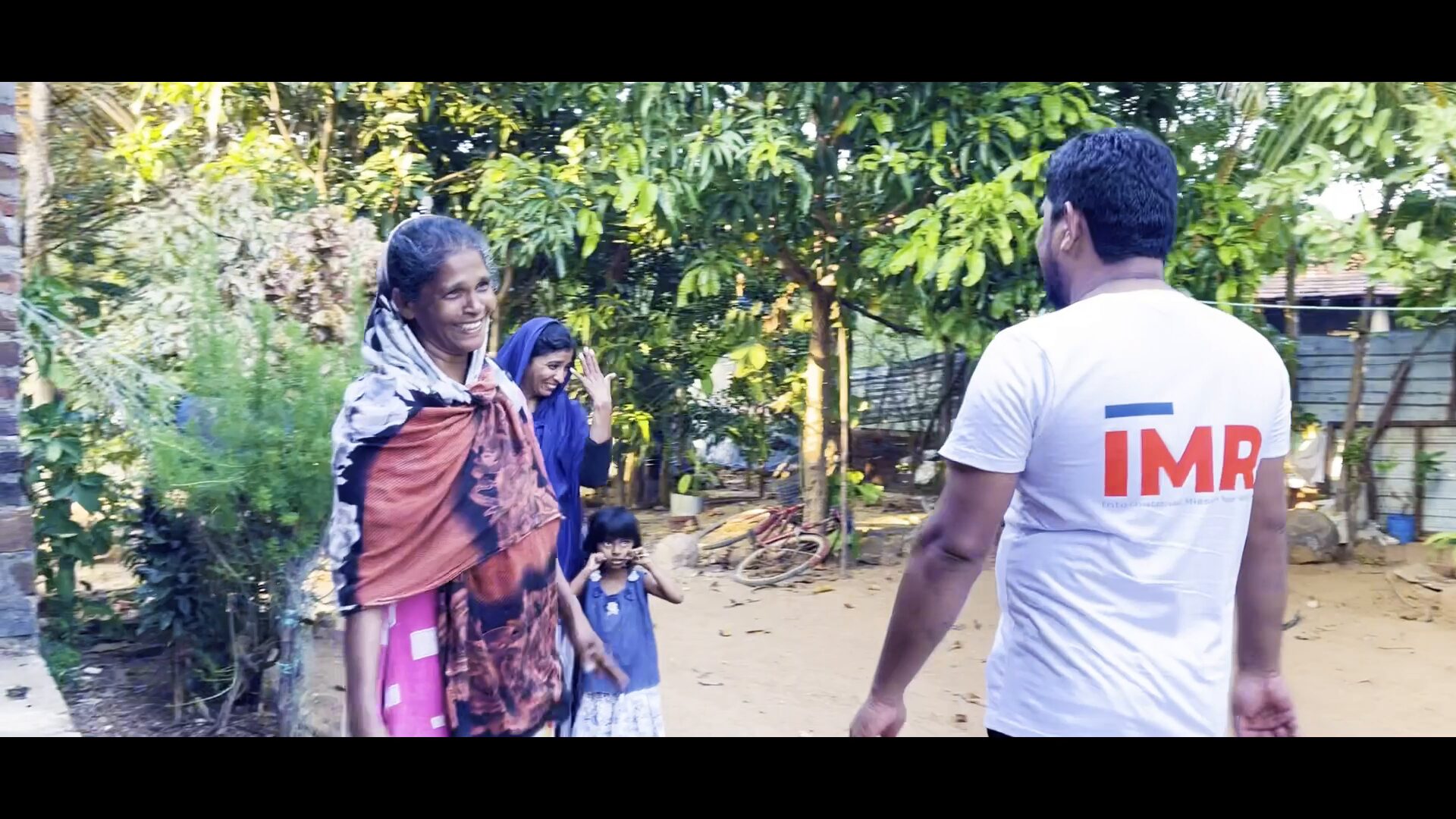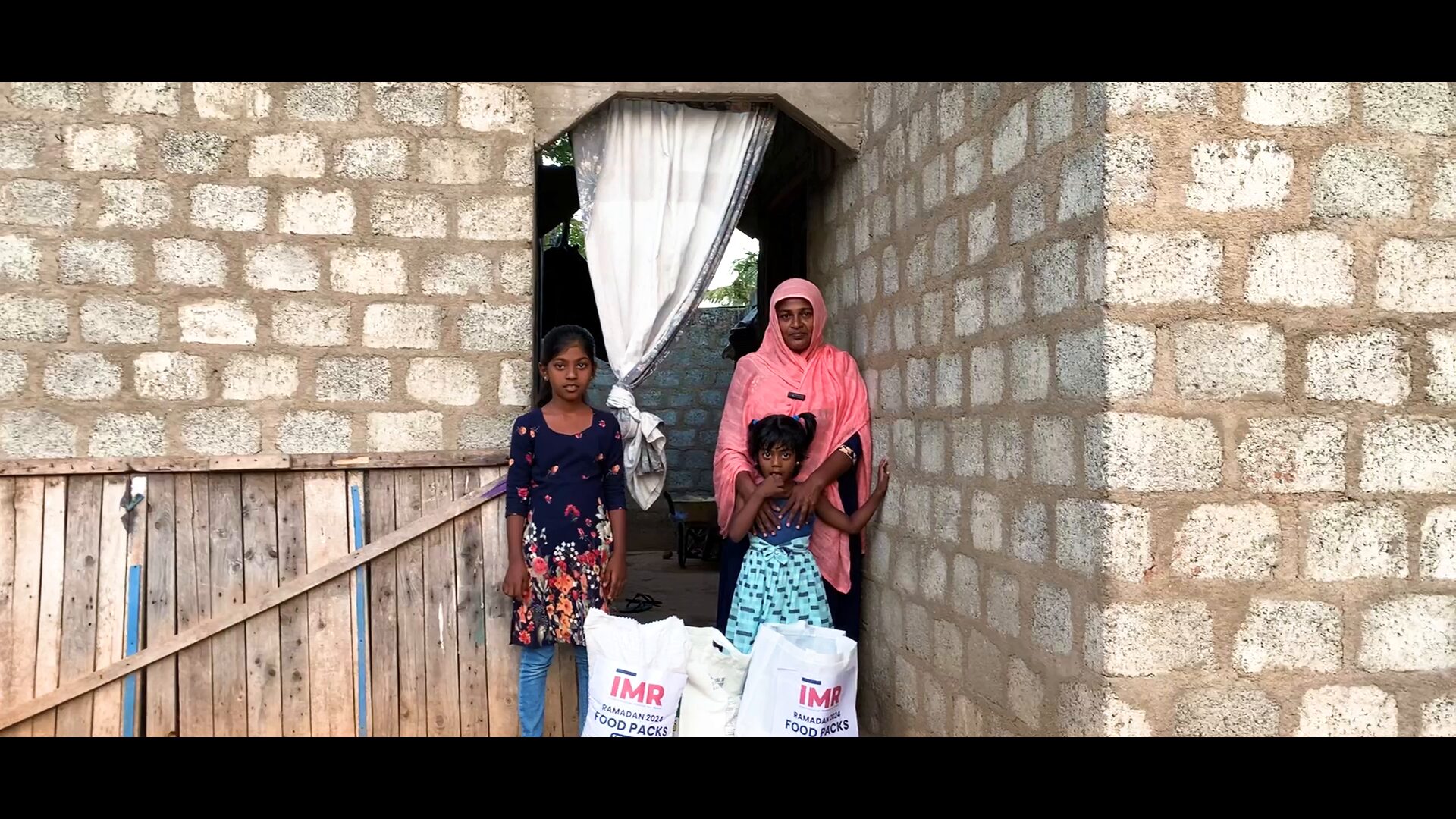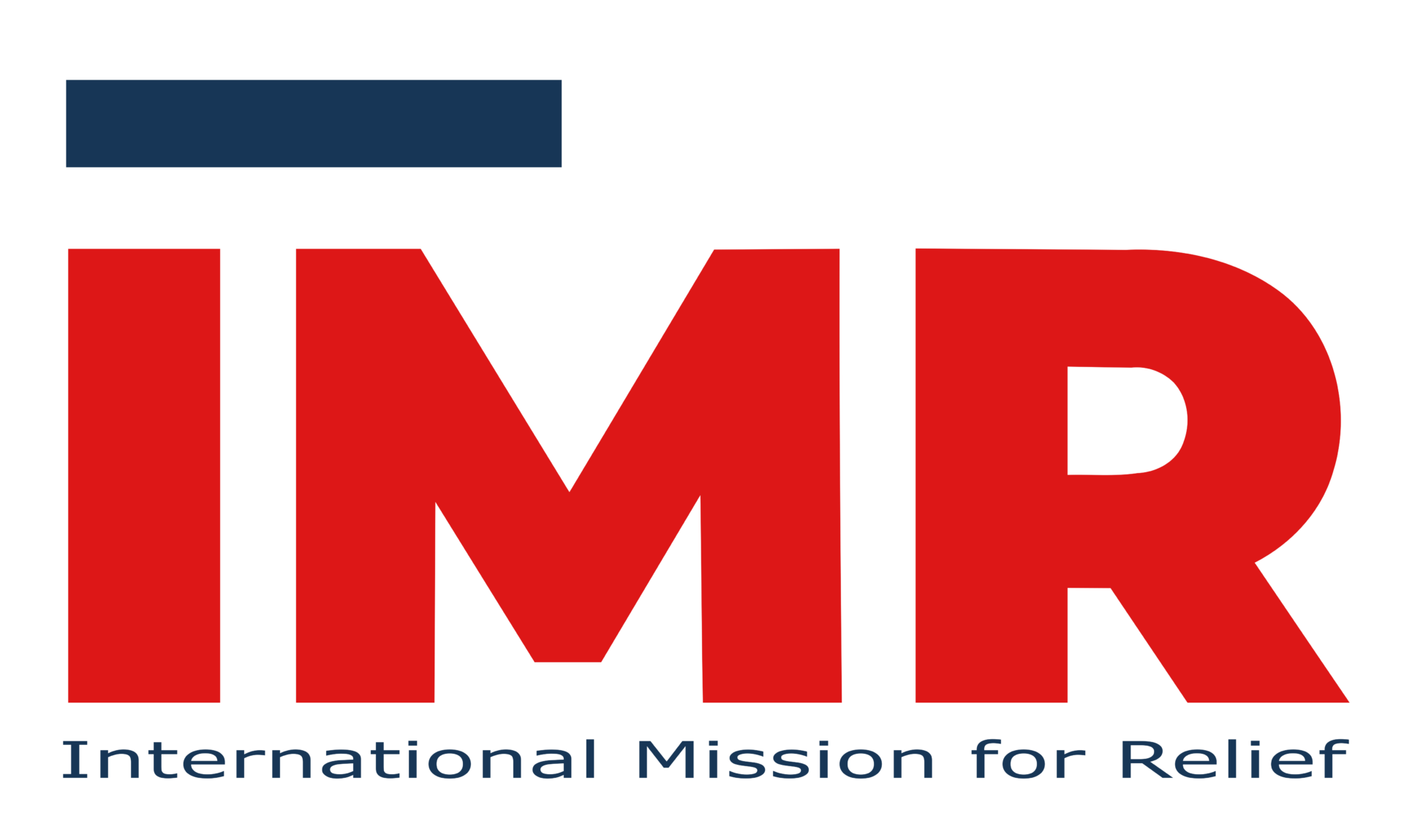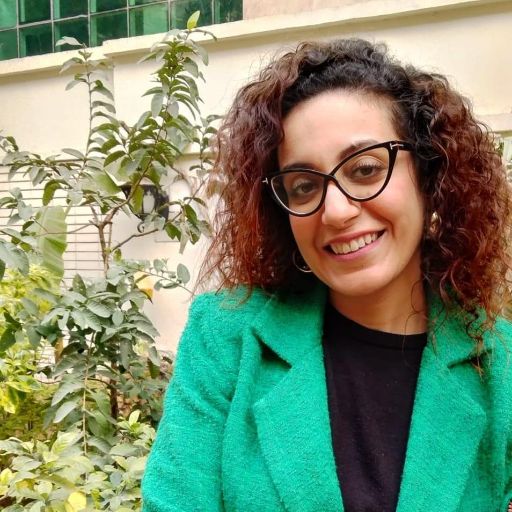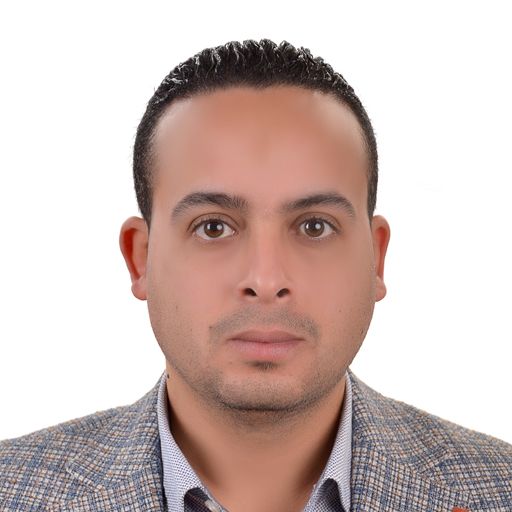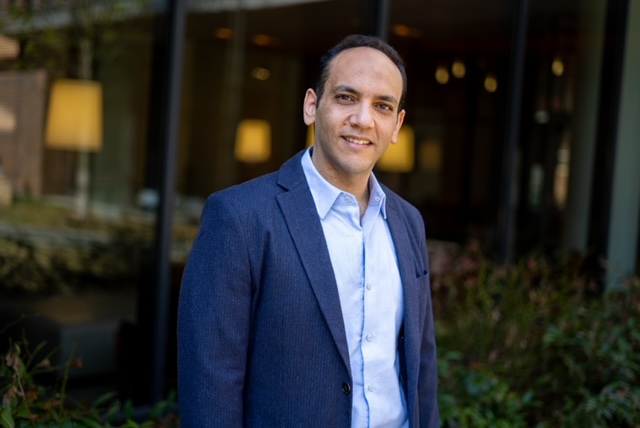IMRELIEF IN SRI LANKA
Key Figures
Country Updates - Ramadan 2024
Thanks to IMRelief’s coordinators, and partners, on the ground, we are able to reach remote villages, and supply families with food for the first half of Ramadan, but the task is still incomplete as the need is great.
Millions of children in Sri Lanka are going to bed hungry and more than quarter of the population do not know where their next meal will come from. According to UNDP, 5.7 million Sri Lankans need humanitarian assistance, and more than 50% of households are not consuming an adequate diet (WFP).
Sri Lanka is grappling with multiple lingering post-disaster effects from a 26-year civil conflict, a devastating tsunami, and, like many others, the effects of the COVID-19 pandemic. Today, 70% of households have reduced their food consumption, primarily due to the rising cost of food, and 73% of households have had their incomes curtailed or reduced (UNICEF).
With a soaring food inflation at 90%, nutritious food such as vegetables now costs two to five times more than before, making it prohibitively expensive for many families, earning Sri Lanka top-six rank in the world and the second highest in South Asia for child malnutrition, and that was even before the latest economic crisis began.

